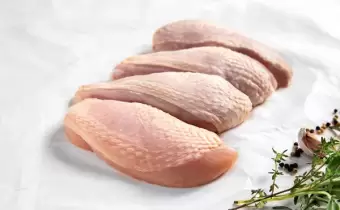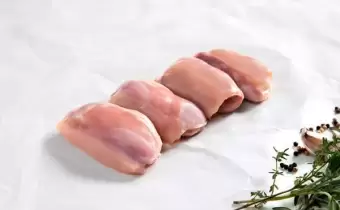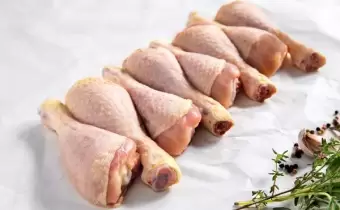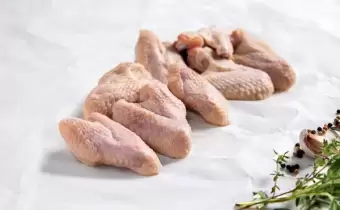What is Bavette steak?
"Bavette" is the French name for the flank steak of a cow. Flank steak is sourced from the underbelly of the cow, and is generally quite long and flat. It is known to be very rich in flavour and relatively loose - almost crumbling - in texture when cooked right. It’s often referred to as ‘the butcher’s cut’ as it’s known to be reserved by butchers for their own enjoyment! The reason for this is because it is comparably cheaper than other cuts, but is becoming increasingly known for its rich, deep flavors due to its high degree of very fine intramuscular fat (marbling). Because its intramuscular fat is so fine, Bavette steak can be very easily overcooked and dried out, so we recommend cooking quickly and at high temperatures to achieve perfect, medium-rare results.
Choosing the perfect Bavette Steak
Though for some reason there seems to be a big debate about whether its grain or grass fed beef that delivers the best tasting, healthy and environmentally friendly beef, all research points towards grass fed beef coming out on top. Though we don’t want to get too deeply into it here (for a more in depth look at the differences, feel free to read our Definitive guide on Grass fed beef), we strongly recommend you go with the scientists on this one and make sure the bavette steak you buy comes from a cow that was grass fed! This delivers bavette steak with a higher amount of vitamins, minerals and omega 3 fatty acids, as well as being significantly more deeper in taste, and juicier in tenderness!
You can spot grass-fed bavette steak quite easily by the darker than usual red meat colors and ‘orangey’ toned fat. Never fear: the ‘orangey’ fat is so because of the high levels of beta-carotene (an antioxidant, Vitamin A) that the cow that produced your bavette steak had — due to the healthy grass it ate throughout it’s life.
Ageing Bavette steak
How you bavette steak has aged is crucial to its taste and tenderness when you take your first bite. Some say bavette should always be dry aged, while others say it should be wet aged. Some say 21 days ageing so too long, while others say its too short. Having tried and tests a very wide variety of ageing techniques, our experience tells us that a very rare balance of both dry ageing and wet ageing delivers to the best results: the forner delivers all the taste and the latter, tenderness! If you’re interested in learning more about the differences between dry and wet aged beef, read more here!
How to store Bavette Steak
This parts important! You want to make sure you’re sourcing your bavette steak from a supplier that is doing everything they can to make sure your bavette steak remains fresh as long (yet naturally) as possible — not doing everything in their power to make you come back again, and again, and again, spending your hard earned cash on food that’s going off to quickly!
That’s where vacuum packing comes in! When stored in a vacuumed pack, bavette steak is going to stay good in your fridge for 2 weeks, and fresh in your freezer for up to a whopping 2 - 3 years! That’s incredible when you consider that a bavette steak that’s on a typical plastic tray opr bag will stay good in your fridge for only 1 - 2 days and in your fridge for 6 - 12 months. If you’re not yet introduced to what vacuum packing is — have a read of our deep dive into the science behind vacuum packing beef.
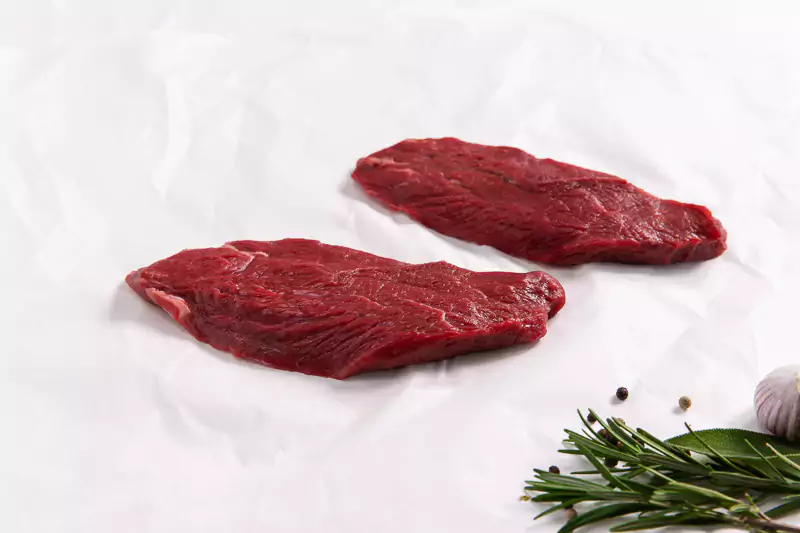
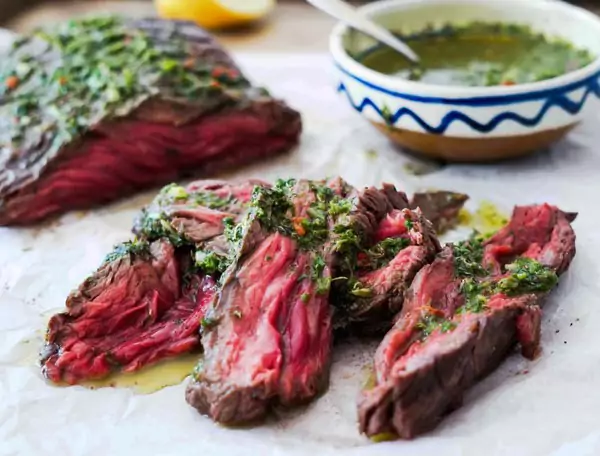


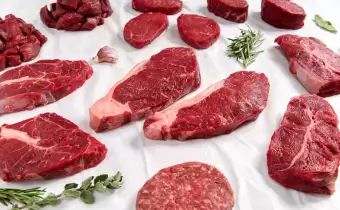
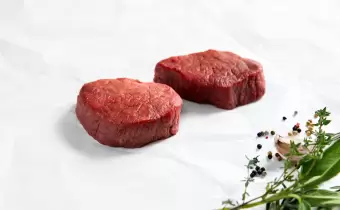
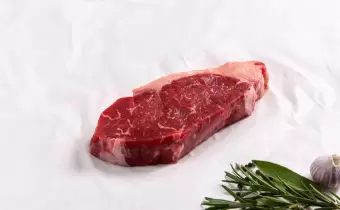
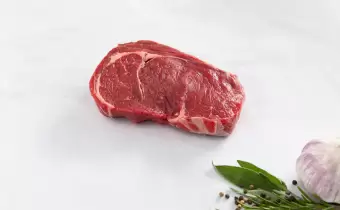
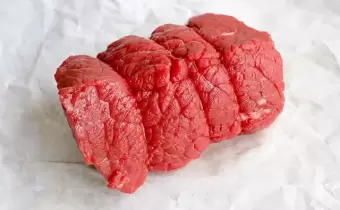
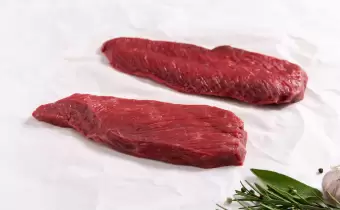
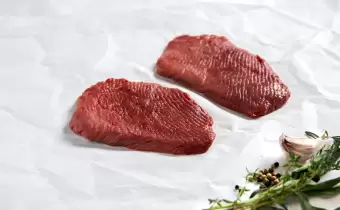
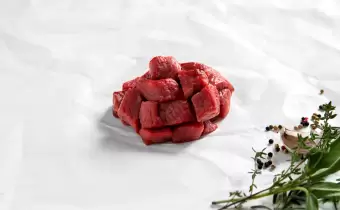

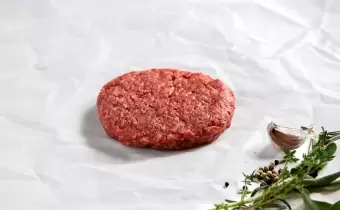
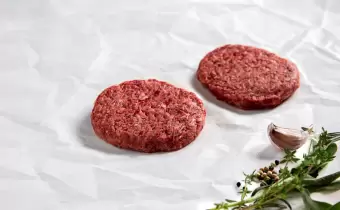



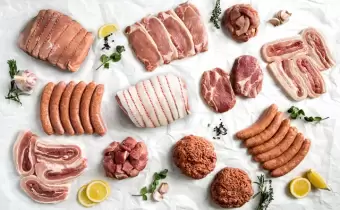
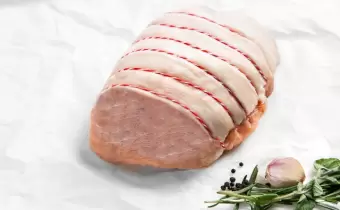
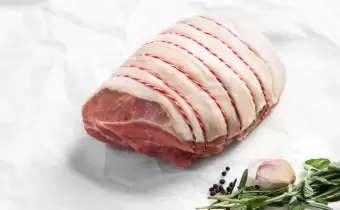
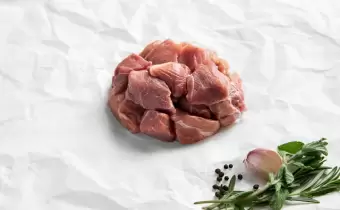
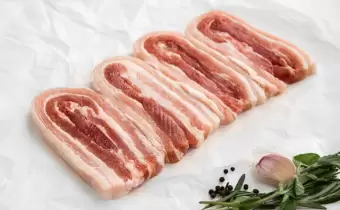
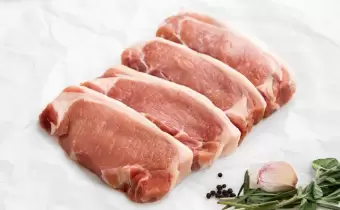
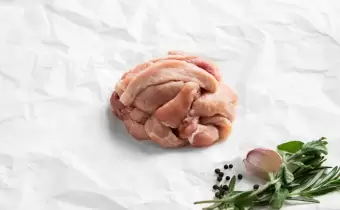
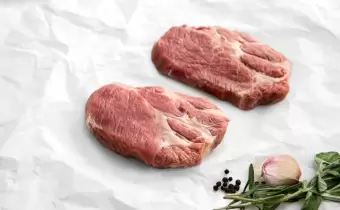

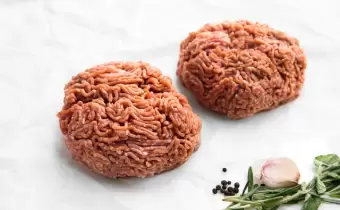



-fit-340x210.webp)
